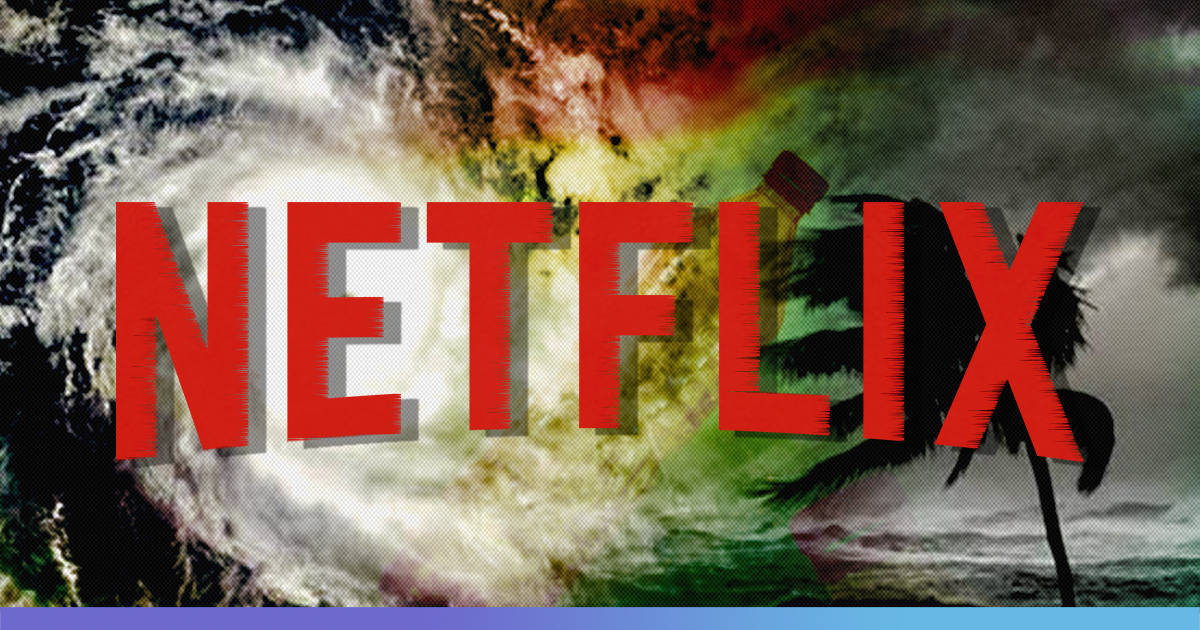
Half-Hour Of 'Netflix & Chill' Leads To Emission Of CO2 Equivalent To Driving 6.28 Km: Experts
31 Oct 2019 10:17 AM GMT
Editor : Sumanti Sen
Sumanti Sen is an English Literature graduate who believes "there's just one kind of folks. Folks.".
Remember those movie nights years back when you drove to a local video store to rent, watch and return the latest blockbuster the next day? Netflix and other video content providers have made it much easier for us now, with a number of binge-worthy content just one click away.
However, experts are now saying that we are binge-watching our favourite series at the cost of the environment.
What Is The Environmental Price Tag?
Maxime Efoui-Hess of French think tank the Shift Project said that watching a half-hour show would lead to emissions of 1.6 kilograms of carbon dioxide equivalent. This is equivalent to driving 3.9 miles (6.28 kilometres).
According to the Shift Project, emissions equivalent to Spain was produced by online video streaming last year. This amount is likely to double in the next six years.
34% of online traffic, that is most of it, is related to streaming videos on Netflix, Amazon Prime, and Hulu. Online porn is the next biggest sector.
“Digital videos come in very large file sizes and (are) getting bigger with each new generation of higher definition video,” News18 quoted Gary Cook of Greenpeace, which monitors the IT sector’s energy footprint, as saying.
“More data equals more energy needed to maintain a system that is ready to stream this video to your device at a moment’s notice,” Cook said.
Cook explained that the data centre, which delivers data to your computer or device, consumes much of the energy needed for streaming services.
About 0.3 percent of all carbon emissions is contributed by the centres.
Experts are still divided on how much that number will grow.
“Our Appetite For Computations Must Diminish”
“For energy consumption to stay flat for the next five to 10 years, significant improvement in IT equipment and data centre energy performance must be made or our appetite for computations must diminish,” said Dale Sartor of the Center of Expertise for Data Centers, linked to the US Department of Energy.
According to the CISCO Network, from 2017 to 2022, it is expected that web-based video traffic could increase four times. It would account for 80 percent of all internet traffic by 2022.
Continuing to expand globally, Netflix reported a 53-percent increase in international revenue between 2017 and 2018 for streaming subscriptions. This year, Disney and Apple are launching their own streaming services.
The equipment used to view videos, meanwhile, is getting larger. “The changing screen size and related shift to digital video technology has set the stage for higher definition and thus larger file sizes that we are streaming,” said Cook.
According to a report by the Natural Resources Defense Council, screens having 4K resolution use about 30 percent more energy compared to what high-definition screens use. 8K screens made their debut last year.
Experts say that viewers should disable autoplay and stream over Wi-Fi in lower-definition formats. Watching over a 3G connection on a mobile device is the worst-case scenario.
The Shift Project offers a browser extension monitoring internet use. It displays the amount of electricity used, the CO2 produced by electricity, and how far the user would have to drive to match those emissions.
Cook emphasized that consumers can make the most impactful change through their wallets.
“Exercising collective responsibility, with individuals demanding internet giants rapidly transition their data centres to renewable energy, has been the biggest driver thus far,” he said.
Also Read: Netflix, Amazon Face Censorship Threat, Govt To Regulate Content On Online Platforms
 All section
All section













